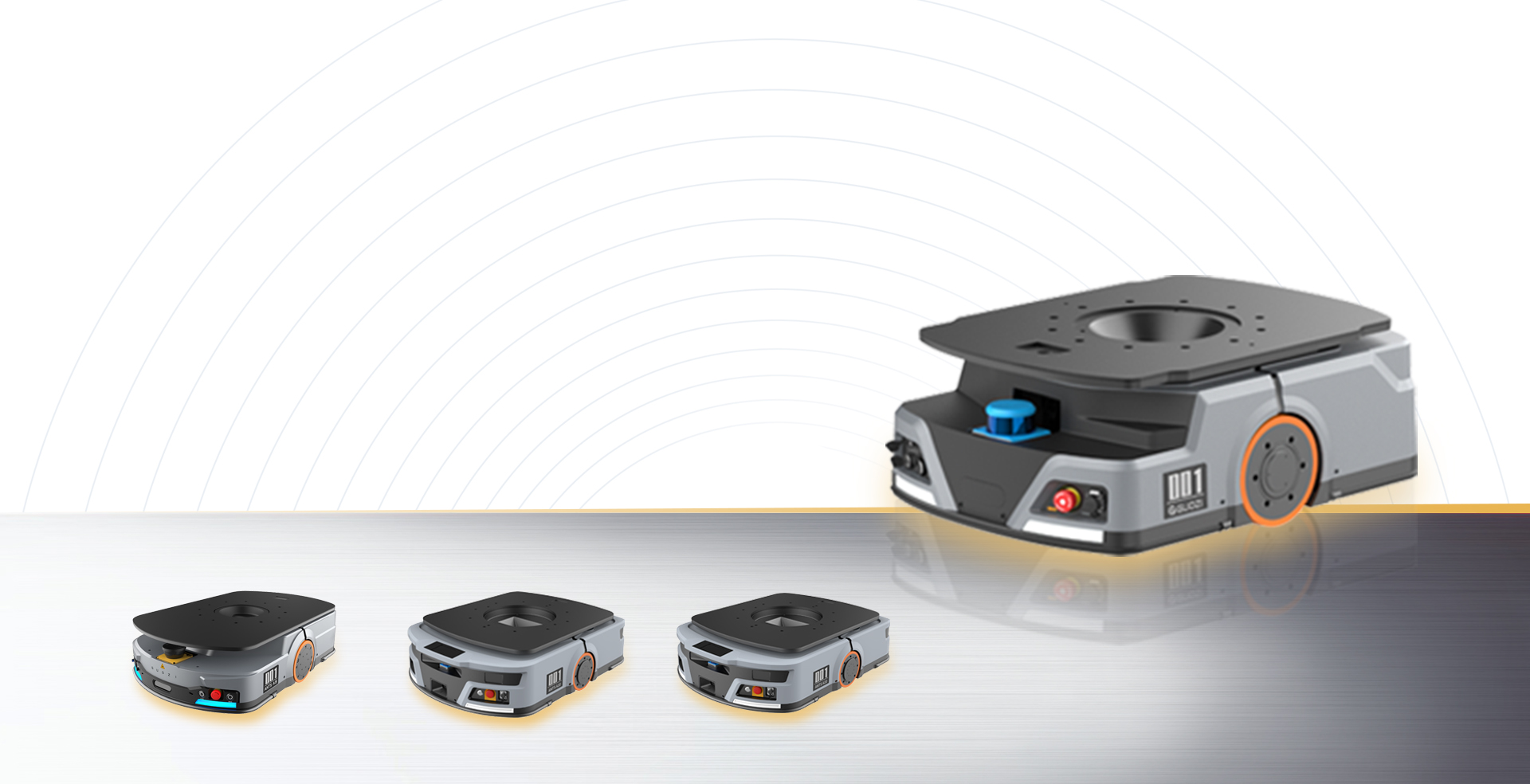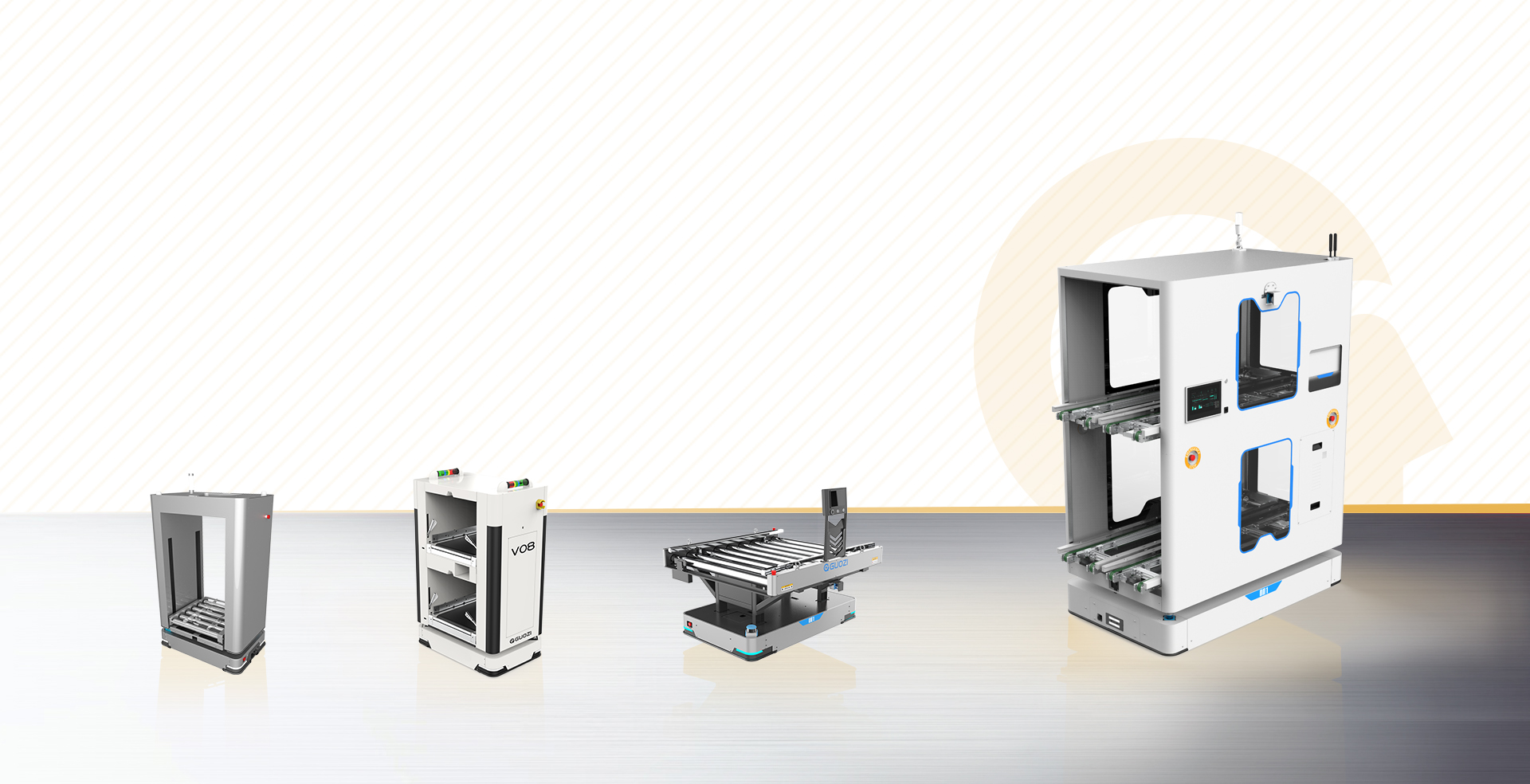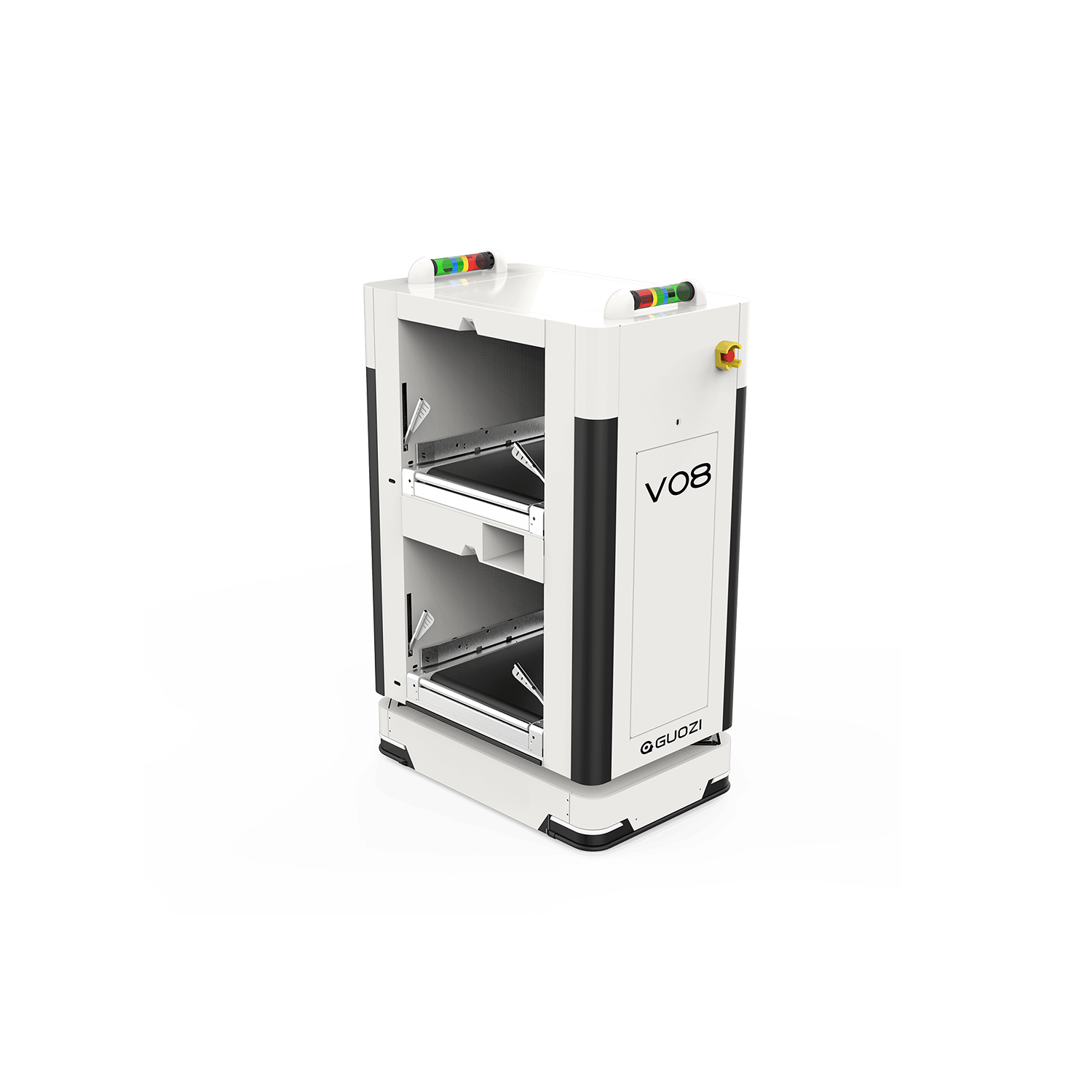With the rapid development of artificial intelligence technology, the robotics industry has ushered in unprecedented opportunities. In this era of big data, how to realize the seamless connection between robots and all kinds of systems through application integration and data warehouse technology to enhance the level of robot intelligence has become the focus of the industry. This article will focus on the robotics industry, discussing the key technologies of application integration and data warehousing and their dry sharing in practical applications.
Overview of Application Integration in the Robotics Industry
Necessity of Application Integration
In the robotics industry, application integration mainly solves the following problems:
(1) Device interconnection: to realize the interconnection of robots with sensors, controllers and other devices.
(2) System synergy: enable robots to efficiently synergize with other business systems (e.g., ERP, MES, etc.).
(3) Data sharing: Ensure that data generated by the robot can be shared in real time by all relevant systems.
Value of Application Integration in the Robotics Industry
(1) Improvement of Production Efficiency: through application integration, robots can be better involved in the production process and reduce labor costs.
(2) Optimize resource allocation: to achieve resource sharing between equipment and systems, and improve resource utilization.
(3) Enhance robot intelligence: provide rich data support for robots to improve their autonomous learning ability.
Overview of data warehouses in the robotics industry
Applications of data warehouses in the robotics industry
Data warehouses in the robotics industry are mainly used for:
(1) Collect and analyze robot operation data to provide a basis for equipment maintenance and fault prediction.
(2) Store and manage various types of data in the production process to support enterprise decision-making.
(3) Constructing a robot knowledge base to help robot intelligence development.
Value of Data Warehouse in Robotics Industry
(1) Enhance the value of data.
(2) Improve decision-making efficiency: Provide real-time and accurate data support for enterprises to facilitate rapid decision-making.
(3) Reduce operation and maintenance costs: through the analysis of robot operation data, predictive maintenance is realized and operation and maintenance costs are reduced.
Key technologies for application integration in the robotics industry
Standardization of equipment interfaces: formulate a unified standard for equipment interfaces, which facilitates interconnectivity between different devices.
Unified data exchange format: adopt JSON, XML and other common data exchange formats to realize efficient data transmission between systems.
Middleware technology: Utilize middleware to realize communication and data conversion between different systems.
V. Key technologies of data warehouse in robotics industry
Big data technology: Utilize big data processing frameworks such as Hadoop, Spark, and so on, to realize the storage and analysis of massive robotics data.
Data mining technology: use machine learning, deep learning and other methods to mine valuable information in robot data.
Data visualization technology: through charts, reports and other forms, intuitively display the robot operation status and data analysis results.
Application Integration and Data Warehousing technologies have a wide range of application prospects in the robotics industry. Enterprises should fully recognize the importance of these two technologies, increase investment, promote the deep integration of robotics and information technology, and contribute to the development of China's robotics industry. With the continuous progress of technology, application integration and data warehouse will play a greater value in the robotics industry.








